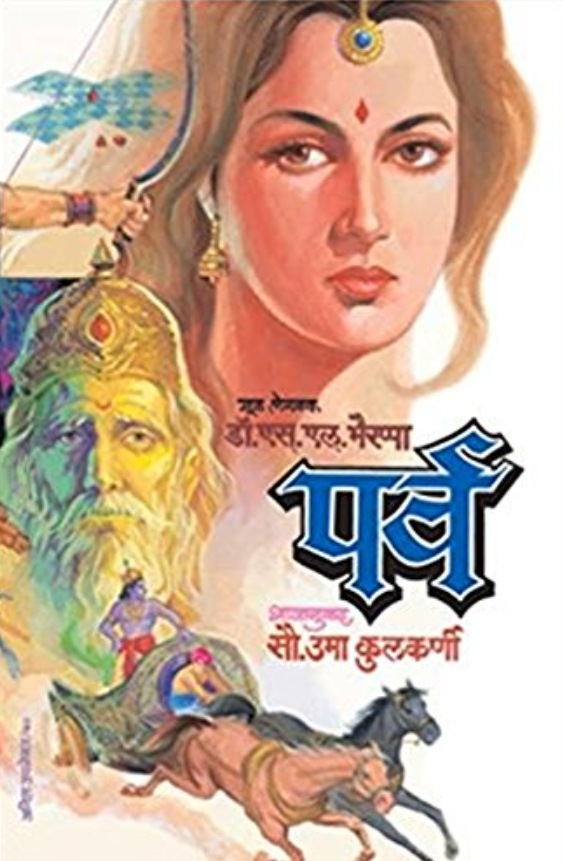
Parva is without doubt the BEST retelling of Mahabharata I have read. I do not claim to have read all the dozen or so great retellings of the Mahabharata, but among the ones I have read and seen this one is by far the most satisfying.
The narrative of Parva is a slow buildup of first person (and limited third person) arcs leading towards the Great Bharata war. The tale begins with old Shalya Raja (the brother of Madri — the mother of Nakul Sahadeva) in Madradesh. Over the next 900+ pages we meet all the major characters barring Krishna Vasudev and Dharmaraj Yudhisthir (I wonder why). As small incidences over 2 -3 days are narrated we understand the story through Flashbacks. The book directly covers events from around 3–4 months before the war and an epilogue which occurs a few months after the war. Inspite of familiarity with the text, the narrative is unputdownable (I managed to complete the 950 page tomb in just over a week despite a very busy schedule). The marathi translation was excellent imo and the review will not focus on that (though like always i guess the Kannada text might be more powerful). The book is also available in English (along with many Indian languages)
Realism:
The book offers a refreshingly realist take at the events which manages to remain faithful to the original text while not embracing incredulity. The five Pandavas are born from 4 different fathers who are also called Devas, who reside in the cold Himalayas. Out of the 100 sons of Dhritarashtra around 86 are Suta (Bastards) while 13 are born to the blindfolded Gandhari. Nagas, Rakshasas, Gandharas are not supernatural beings, but merely skilled warrior tribes who are An-Arya. The depictions of food, violence, travel are all bang on the money.
Characters:
Bhyarappa’s Bhimasen was a revelation to me. Though his true love for Draupadi is alluded to in some other narratives, its Bhima’s lovestory with Draupadi that forms the core of the first few chapters. His clear eyed vision, which is often derided as foolish or uncouth is expressed very sympathetically.
Kunti shows us her envious side and her troubled relation with the impotent Pandu explored. The arrogant and heroic Arjun, the brave and beautiful Draupadi and the anti Hero Karna do not deviate much from their usual arcs (though Arjun is shown a bit more objectively). Dronacharya, the target of Zeitgeist (Ekalavya) is dealt a fairly sympathetic story arc.
In general, characters are given real motivations and are allowed to see the error of their ways with time. Example — Pandu starts off as a wife beating, impotent and inconsiderate prince with no redeeming qualities. Though he dies due to his lust, he has made a giant transformation through the eyes of Kunti.
Some traditionally less explored characters like Yuyudhan Satyaki gets many narratives to himself. His first narrative which sets up Krishna Vasudeva was my favorite section of the book.
Dharmaraj Yudhishthir though appears to be dealt a bit unfairly. With no POV narrative, Bhyrappa makes “Dharma”Raj the object of disdain — a confused charlatan who stands on shoulders of his brave brothers and advisers and always tries screw things up with bravado or stupidity.
Sex:
Sex and lust as strong motivations are ever present in the narrative as with the original text. Yet the sex is always in the background, the passive, never the active. Though at times, the references to sex and role of Dasi(s)(maid servants) gets a bit jarring. However the author makes the distinction between the Kshatriya attitude towards lust with those of others. Kunti who has seen how lust and unhealthy attitude towards sex can destroy marriages and lives, raises her sons to respect women in general and never indulge in sex except with the lawfully wedded wife. Only the libidinous Arjun (who ironically loses his libido before his time) ever marries someone other than Draupadi. The lust (moha) for Draupadi results in envy at Swayamwar, polyandry, disrobing, various kidnapping.
Dharma:
The author dissects the various strands of Arya Dharma with no ounce of respect. Throughout the book the author posed various smaller questions of Dharma like
Was Balram who killed his devious and petty brother in law in a fit of drunken rage right or was it wrong if he because he was in drunken rage?
Was Yuyudhan Satyaki wrong to not marry the hundreds of women rescued from the dungeons of Narkasur?
Balaram who like his more famous namesake in a monogamous relationship following Pati dharma and polygamous Krishna was following some sort of Raja-Dharma. What one person sees as lust is something which serves the greater good, but what do we know.
However the core of the book is about Niyoga. Despite the fact that both Pandu and Dhritarashtra are sons of Niyoga, Duryodhan raises doubt about secretive Niyoga that led to birth of Pandavas. Everyone from Bhisma, Shalya, Drona and even Krishna Dvaipayana are stumped by it. What lies under the argument is the classic nature/nurture argument. According to older Arya dharma Nurture trumps nature. In that framework even nurtured Karna born before Kunti married Pandu has a legitimate claim to power, whereas Sutas of Dhritarashtra don’t. In other words ironically, the womb of the Queen in a Patrilineal and deeply patriarchal worldview is more important than seed of the King. But times are changing and newer more rigid rules based on nature will come to rule the roost as alluded in the book (which seems to be the historic truth).
The chapters of Bhishma and Krishna Dvaipayam also touch the larger philosophical questions of Karma, Rebirth, and Moksha. The rudimentary beginnings of the core of the Sramana, Carvaka and other Nastika darshanas is also alluded to in those chapters. Unsurprisingly its not the DharmaRaja Yudhishthir who understands Dharma, nor is it the famed Bhishma or even the prodigal partitioner of Vedas — Veda Vyasa or Krishna Dvaipayana, but emphathetic Vasudeva Krishna.
The book works for many reasons, primarily because it rests loyally on the raw power of the original text. The narrative structure assumes the reader is well versed with the details of sequences of tale, and when every mini narrative reaches its climax, the effect is mesmerizing. The Kamsa Vadh, the death of Jarasandha, the gambling scene and many others are goosebumps invoking. The author builds on the lifetime of familiarity with the story and builds up a crescendo every now and then. The author has refreshingly stayed away from judgmental takes which would lead to disappearance of realism or adulteration. The descriptions of geography, food and violence is very graphic. The author has shied away from describing facial features which was a disappointment to me. The gory and unpalatable realities of war (Game of thronesey) — from starvation, mass rapes, tonnes of decomposing flesh and the overall futility come to the fore in at the end.
This book is going to stay with me for a long time and it is probably going to be read atleast half a dozen times. An epic Masterpiece.
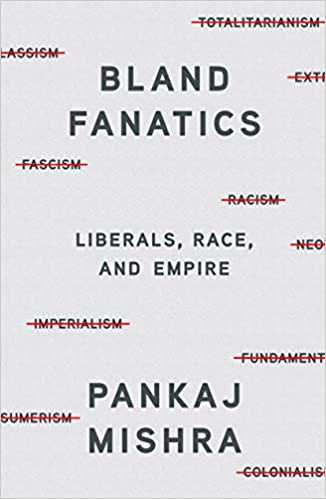

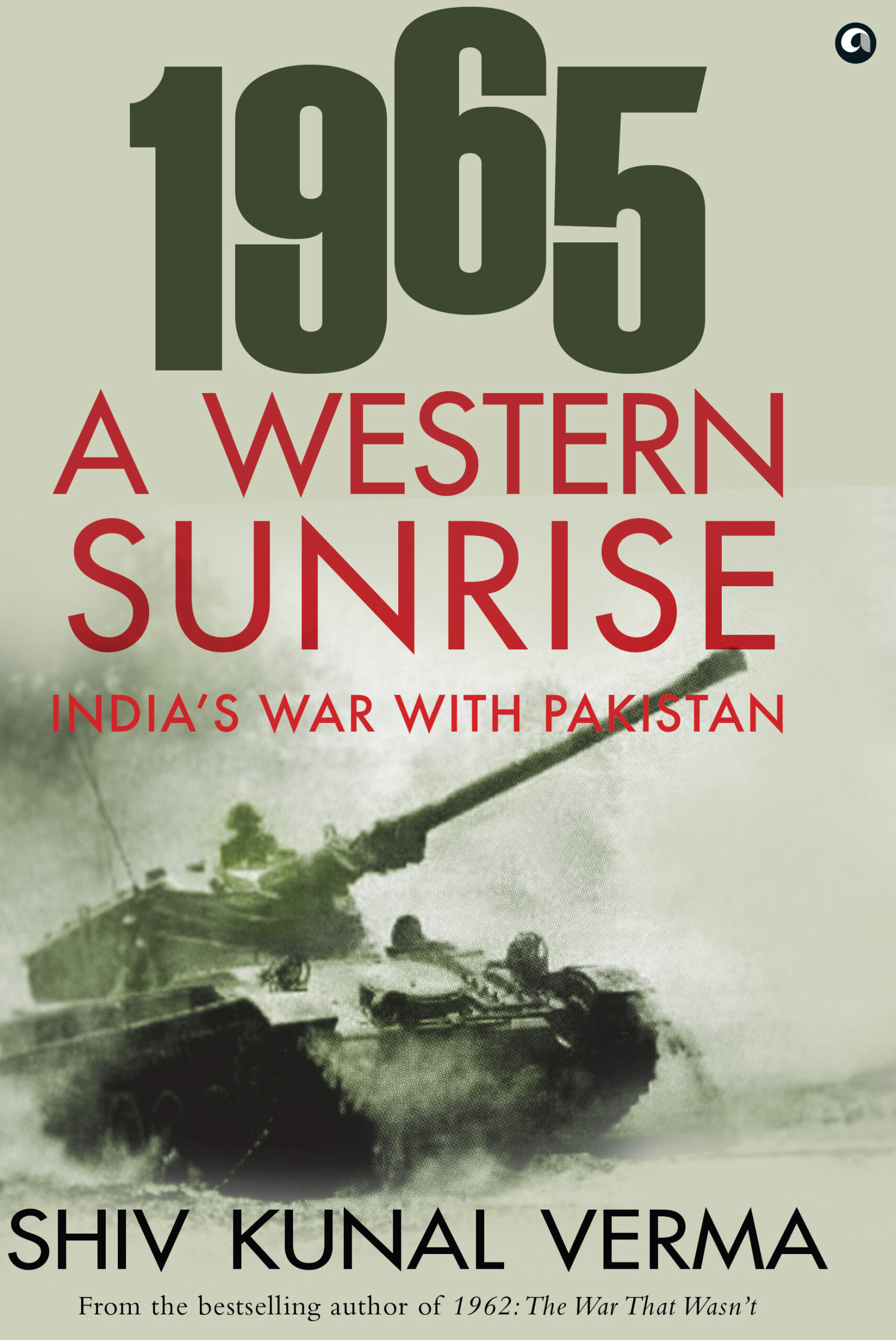 September 2021
September 2021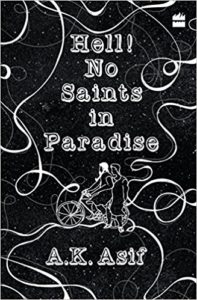


 It is hard to imagine a young kid finishing high school without ever coming across
It is hard to imagine a young kid finishing high school without ever coming across 
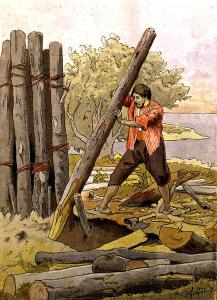
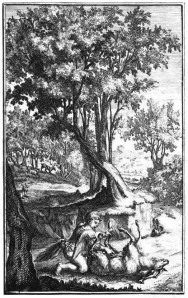 mechanically with the object at the centre of our world of ideas, diligently busy in constructing our own proverbial tables.
mechanically with the object at the centre of our world of ideas, diligently busy in constructing our own proverbial tables.
